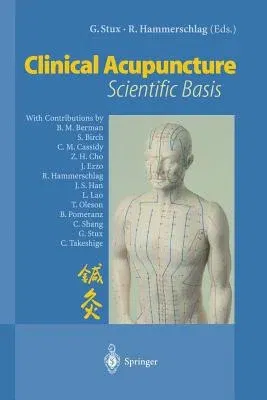In 1988, when "Scientific Bases of Acupuncture" was published, its edi-
tors noted that 12 years had passed since the acupuncture endorphin
hypothesis was first postulated, an event that marked the start of
serious basic research on acupuncture. The editors also suggested that
more was known about the mechanisms of acupuncture analgesia than many
pro- cedures of conventional medicine and, in consequence, it was time
to stop referring to acupuncture as an "experimental procedure. " Now
another 12 years have passed. Acupuncture research, both basic and
clinical, has greatly expanded. Modern biomedical techniques, including
those of molecular biology and medical imaging, have revealed
increasingly detailed physiological correlates of acupuncture action.
Clinical researchers from Europe, North America, and Asia have devised a
variety of protocols to test acupuncture efficacy according to generally
accepted standards for randomized controlled trials. A critical review
of acupuncture research by the United States Food and Drug Administra-
tion resulted in the label "experimental" being legally removed from the
packaging of acupuncture needles in 1996, just as the editors of "Scien-
tific Bases of Acupuncture" had proposed. A year later, again in large
part a result of increased and improved acupuncture research, a consen-
sus conference on acupuncture convened by the U. S. National Institutes
of Health concluded its panel report with the endorsement " . . . there
is sufficient evidence of acupuncture's value to expand its use into
conven- tional medicine and to encourage further studies of its
physiology and clinical value" (JAMA 280:1518-24).

